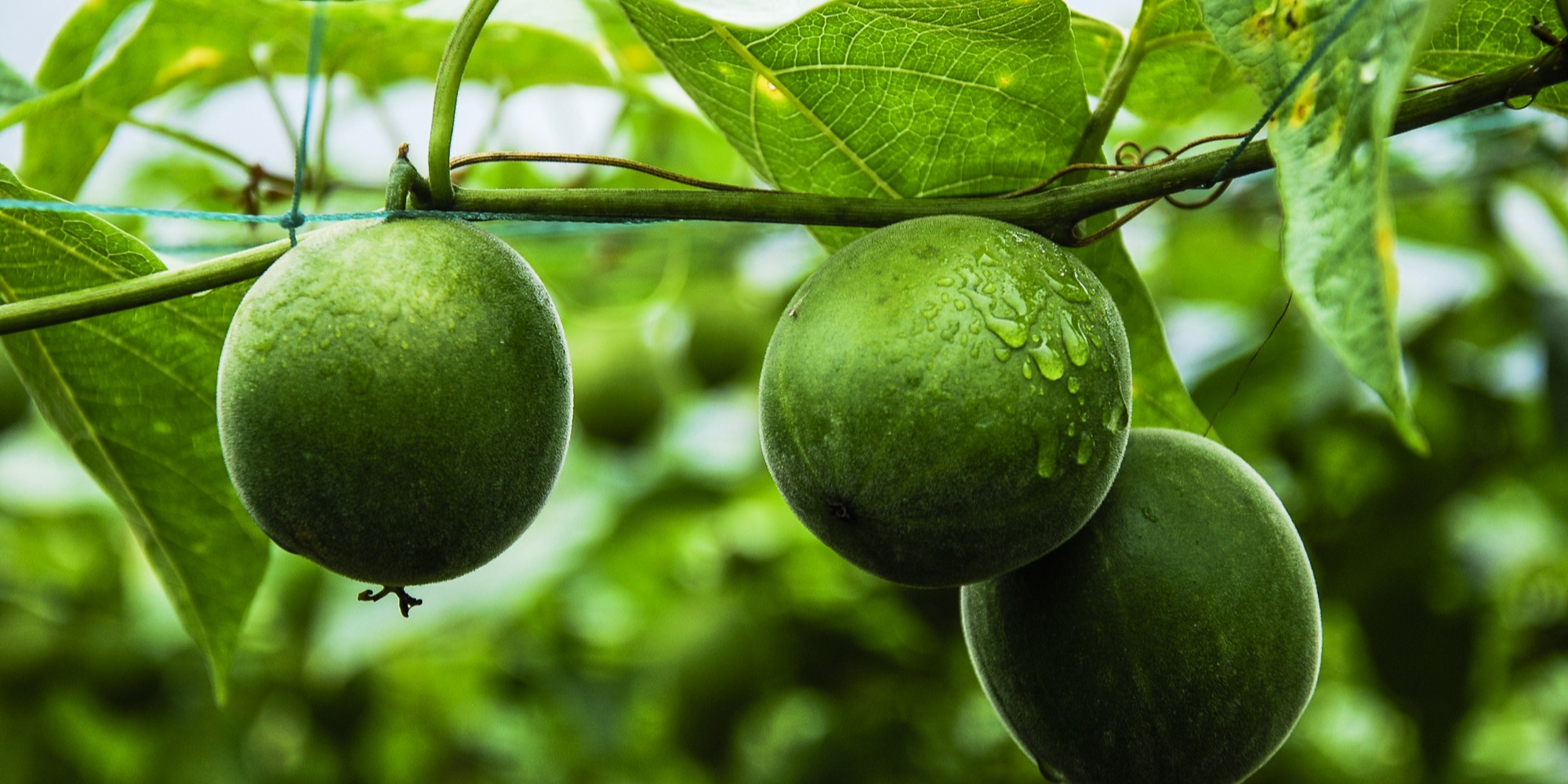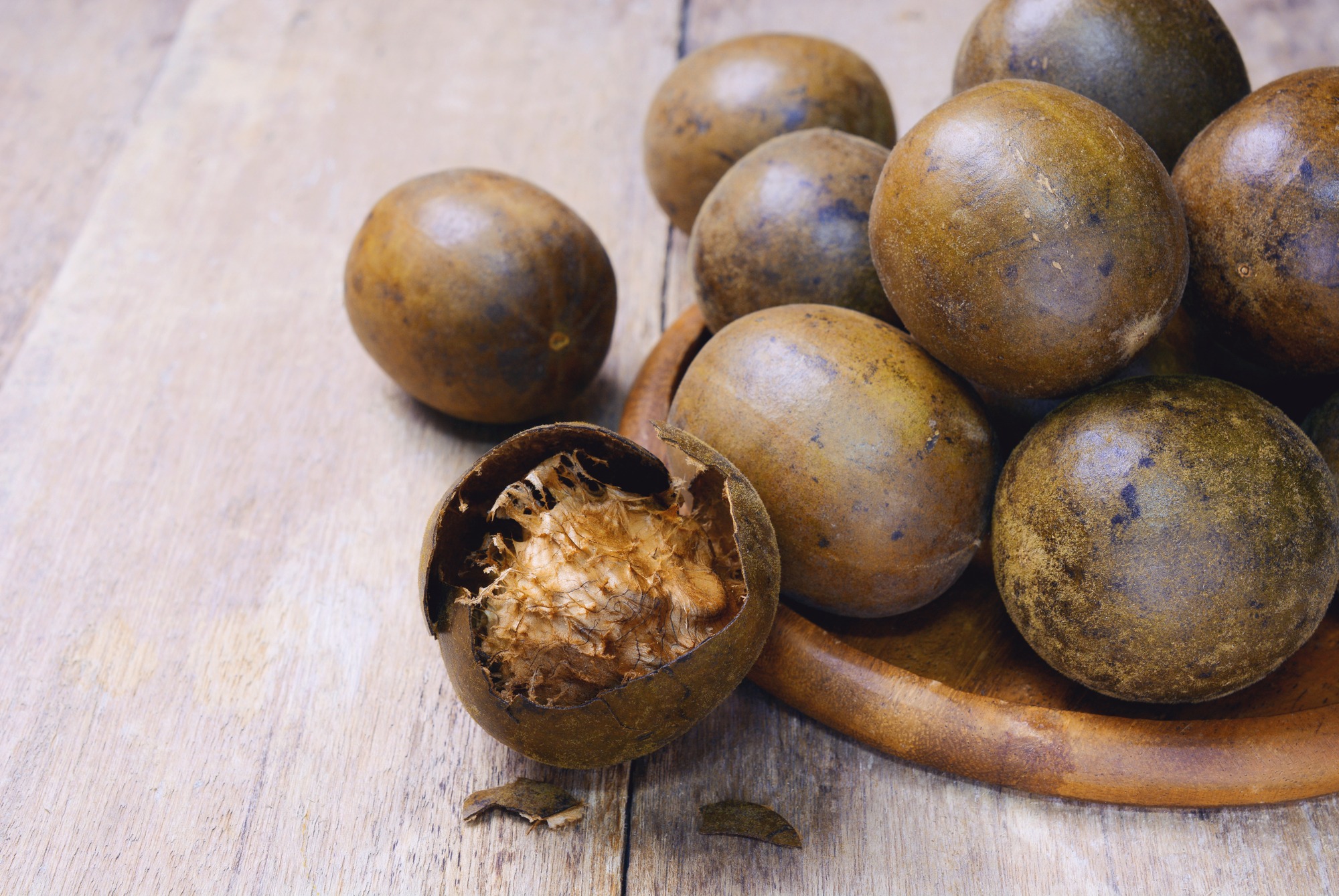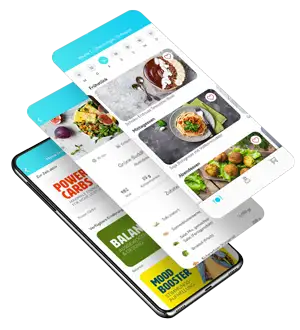6 things to know about monk fruit

As consumers become more aware of added sugars, low-calorie sweeteners have found a place at the table, and monk fruit is the newest member of that group. But what exactly is monk fruit and how does it compare to other sweeteners?
What is monk fruit?
Native to Asia, monk fruit goes by a variety of names - luo han guo, buddhafruit, la han qua, to name a few - but it's usually listed on packaging as monk fruit extract or monk fruit juice. In their raw form, they look like giant green grapes and fit nicely in the palm of your hand. You'll most likely see them sold in their powdered form or as a natural sweetener in foods like yogurt, ice cream, sweet drinks and Shakeology.
What's old is new again
Monk fruit has been cultivated and used as a folk remedy in China and Thailand for centuries. Until recently, monk fruit was grown and harvested by small family farms, but now, with the increasing demand for natural sugar alternatives, production is expanding.
Advantages of monk fruit
Because the sweetness of monk fruit is so intense (up to 250 times sweeter than sugar), only a small amount is needed to sweeten a dish. This makes it a good option for people who want to limit or reduce the amount of calories in their diet without sacrificing taste. Monk fruit is also low in calories, is on the FDA's list of accepted "high-intensity" sweeteners, and is generally recognized as safe.
Different forms of monk fruit

Monk fruit comes in two forms - juice concentrate and extract - and is the result of a process that is quite natural. To make the concentrate, the fruit is crushed to release the juice, which is then processed with hot water to make an infusion. This is then filtered, producing a sweet juice concentrate that is about 20 times sweeter than regular sugar. The extract form is further processed by drying the juice into a powder that is about 100 to 250 times sweeter than table sugar.
Monk fruit vs. other sugar substitutes
Natural food companies are beginning to take an interest in monk fruit because it has a better nutritional profile and a more natural production process. More importantly, it does not have a bitter aftertaste, which is a common complaint with most other sugar substitutes on the market today. In terms of relative sweetness, monk fruit is somewhere in the middle: sugar substitutes such as aspartame, saccharin and stevia are about 200 times sweeter than table sugar. Sucralose is at the high end, about 600 times sweeter. Monk fruit is about 100 to 250 times sweeter and can be more expensive than most other sweeteners.
Monk fruit in food
You can find monk fruit in stores as a low-calorie sweetener on its own or as an ingredient in everyday foods. In fact, you've probably eaten monk fruit sweetener without knowing it. It's currently on the market in more than 800 food products, including baked goods, ice cream, yogurt, lemonade, and in products from major brands like Starbucks, Chobani, and Dole. You can also find monk fruit blends (combinations of monk fruit extract and other sweeteners) that you can use to sweeten coffee, tea or foods such as sauces, desserts and dressings. Most monk fruit blends can also be used in cooking and baking. How much you should use versus the amount of sugar listed depends on the brand - you should check the product's packaging and website for tips and suggestions on how to use it for best results.
More information
Always consult your healthcare provider to ensure that the information displayed on this page applies to your personal circumstances.


















